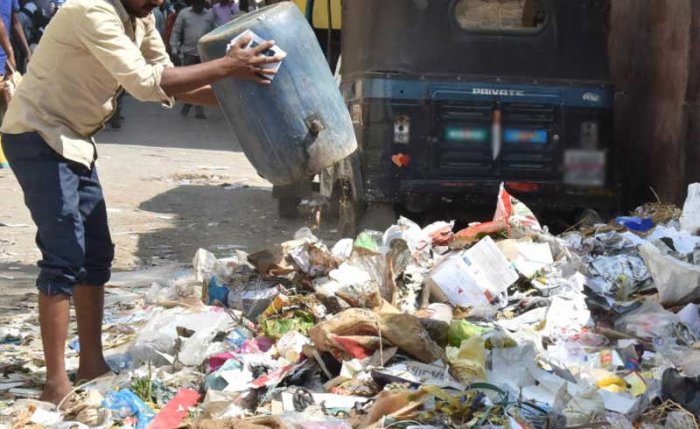
What is garbage pollution?
Garbage has become a serious problem in the world today. At present, the people in India produce about 62 million tonnes of solid waste annually. Out of this, 45 million tonnes of garbage are left untreated and disposed of by civic agencies in an unscientific manner. India’s waste-generation will be more than 376,639 tonnes per day by 2025, especially with the population of urban India expected to increase to 538 million.
Garbage pollution arises when the waste collected in dumping sites keeps rotting, spreading odor and causing air pollution in the surrounding areas, which also creates problems at the administrative level. It is often seen that waste including an inorganic material such as iron cans, paper, plastic, glass pieces, or leftover food, animal bones, vegetable peels, etc are dumped in the open.
In areas where people maintain milch animals, poultry or other animals, their feces also pollute the atmosphere. Often fire breaks out in the dumps of garbage deliberately or inadvertently. Air pollution also spreads when the garbage is burnt in the open in villages, thereby posing a grave threat to health and the environment. Rivers too are victims of various types of pollution generated by industrial and household wastes. Increasing disposal of solid waste and sewerage, as well as the discharge of industrial effluents into the water sources, is spoiling the landscape of beautiful spots. Tourism prospects are taking a beating.



